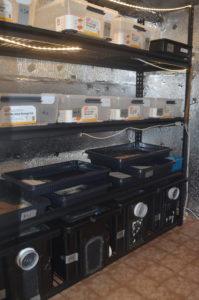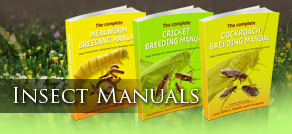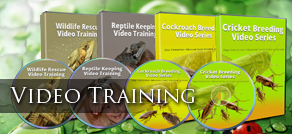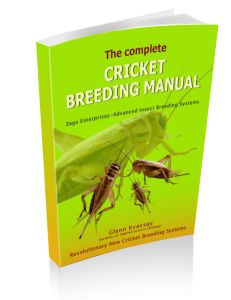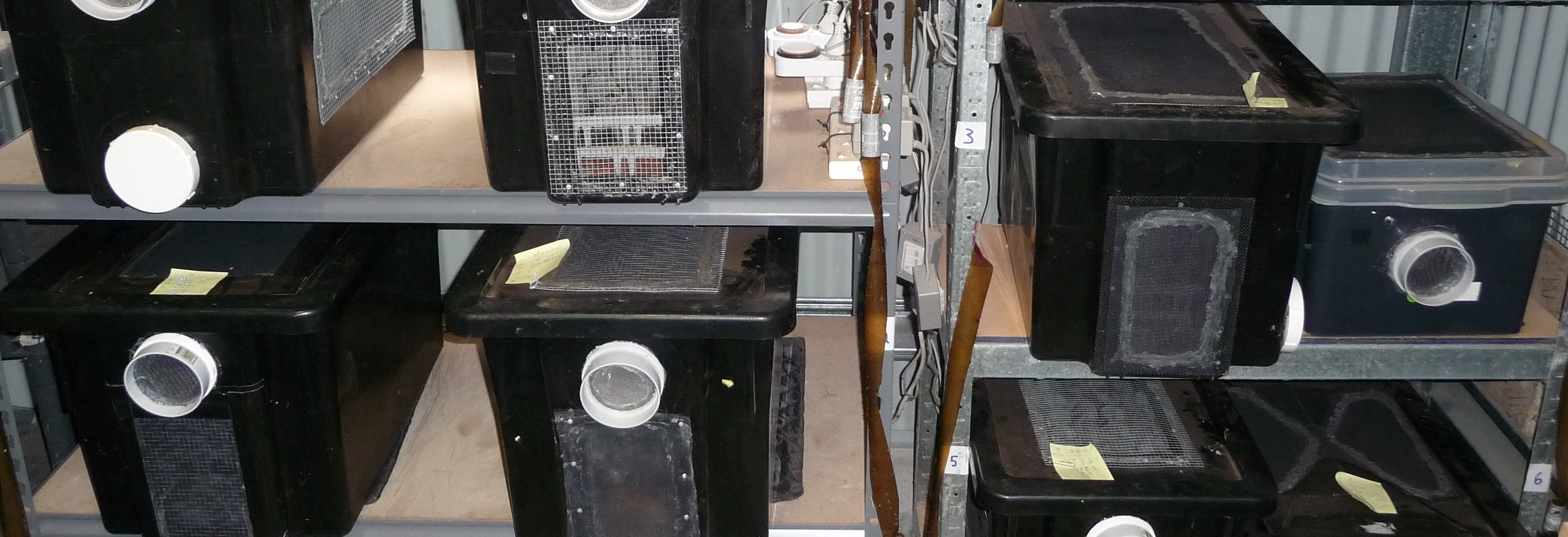
Lesson 2- How to Breed Crickets Using Conventional Methods
Which Breeding Method should I Choose ?
Have you ever wondered why 98% of people succeed to breed crickets for the first couple of months, then nearly all of them have given up after just 6 months using conventional techniques.?? The answer is simple….breeding crickets is easy, the hard bit is continuing with a laborious maintenance schedule (daily spraying, moving crickets between containers, cleaning, feeding etc.). To complete the failure cycle, most colonies then collapse from disease and pests due to lack of maintenance…aaaahhh!! The reason for this high failure rate is very simple…
Most hobbyist are using a Large Scale cricket Breeding Method that is very productive but is high on maintenance compared to a new Scale Scale Cricket Breeding method.
Choose the right method and your success will increase enormously. Below we will show you how to breed crickets with the following methods:
- Method 1- Large Scale Cricket Breeding method (Large Scale Commercial)
- Method 2- Low Maintenance Small Scale Cricket Breeding Method (Hobbyist and Small Scale Commercial).
How Many Crickets Can I Produce
Below are the production rates for the 2 cricket breeding methods we will discuss in this course.
Fast track cricket breeding with 14 Years experience and the Worlds most comprehensive cricket breeding book. Have a First Hand Look at the Book in This Video.
Method 1– Conventional Methods
This conventional method uses Breeding trays (small trays with substrate in them) that are placed in a breeding container where the females lay their eggs. This method has a few different variations to it, but basically the trays are removed periodically and placed into an incubation chamber. Each week all the pinheads from the incubation chamber are moved to a grow out container (where they mature). For a full life cycle (takes approximately 5 weeks for a cricket to mature), you require 7 individual containers. No substrate is placed on the floor of the breeding container. This method is the most common conventional method used however it requires a great deal of maintenance and active management.
Below is a diagram of the Breeding Tray method for breeding crickets. Labelled items are listed below diagram:
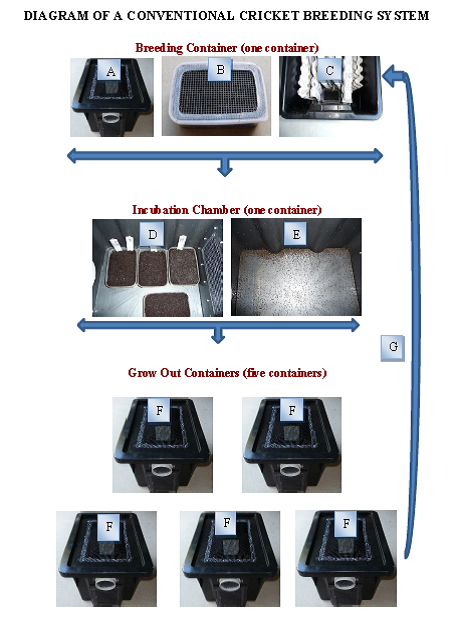
B Breeding Tray (close up)– has a mesh covered lid to prevent dirt from being thrown out.
C Breeding Tray (end of container)-shows how the breeding tray is placed to opposite end to food.
D Breeding trays in Incubation Container.
E Pinheads– that have hatched within incubation container- breeding trays removed.
F Pinheads are moved to grow out container each week. Repeat this for 5 weeks until pinheads are large in size. Typically one containers will have small crickets, two containers will have medium crickets and two will have large crickets.
G 5-10% of the crickets from the grow-out container are returned to breeding container to replenish breeding stock.
Conventional wisdom says that you place a container of soil or similar material (Breeding tray) in with a large container of crickets (Breeding container), which then lay their eggs into this material. You then move the breeding trays into an Incubation chamber and wait for the young crickets (pinheads) to hatch, which is normally around 11-14 days at 91 degrees Fahrenheit (33 degrees Celsius). To stop the eggs from dying you need to spray the soil every second day or so.
Every second day you move the crickets from the incubation chamber by tapping them to one end, and move them to a grow out container where they mature. All the crickets you collect over a week go into the same container and are from the same batch. You repeat this process every week for 5 weeks, which is the approximate time your first crickets have become adults. Of course you will need to do maintenance activities such as adding wet and dry food every second day, cleaning of containers to remove detritus etc.

Method 2- Low Maintenance Small Scale Cricket Breeding Method (Hobbyist, Small Scale Commercial)
How would you like to replace all the 7 containers described above and replace it with one container…yes just a single container. This new cricket breeding method:
- Needs no active management (No spraying, no rotating crickets etc);
- Collects waste for you;
- Only requires one container (not 7 like conventional methods);
- Food/ water dispensers which attends to your insects for 7-14 days or more;
- Requires only 3 minutes maintenance every 7-14 days (less time than standing in line at the pet store)
- Each 20 Gallon (70 L) breeding container can produce one container of adult crickets from a pet store each week.
- The average 2 child family can produce enough scrap vegies to feed 4 breeding containers, which is enough crickets to feed 4-12 bearded dragons (depending of feeding rate). That’s around $1400/year (Au) you are currently throwing away!!.
Introducing the most productive and low maintenance cricket breeding system in the world….the Zega Substrate Breeding System.

Tomorrow we will explain how this low maintenance breeding system works. To get started breeding your own feeder insects straight away, our books and videos are available for instant upload from Our Product page
Have a First Hand Look at the Worlds most Comprehensive Cricket Breeding Guide
With around 160 pages and 240 color photos our insect breeding book series set the benchmark for insect breeding. To see why our book is the most comprehensive book you can buy on the topic, Click Here. We even include a video which walks you through the book so you have a first hand look.
Why not Turn an Expense Into Income?
For Information and advice on commercial production, Click Here. We have been breeding insects to Zoos, Wildlife carers, pet stores and the public for over 14 years.
We can show you how to build a profitable insect business. See below how you can follow our latest project converting a 20 foot caravan into a profitable insect business.
